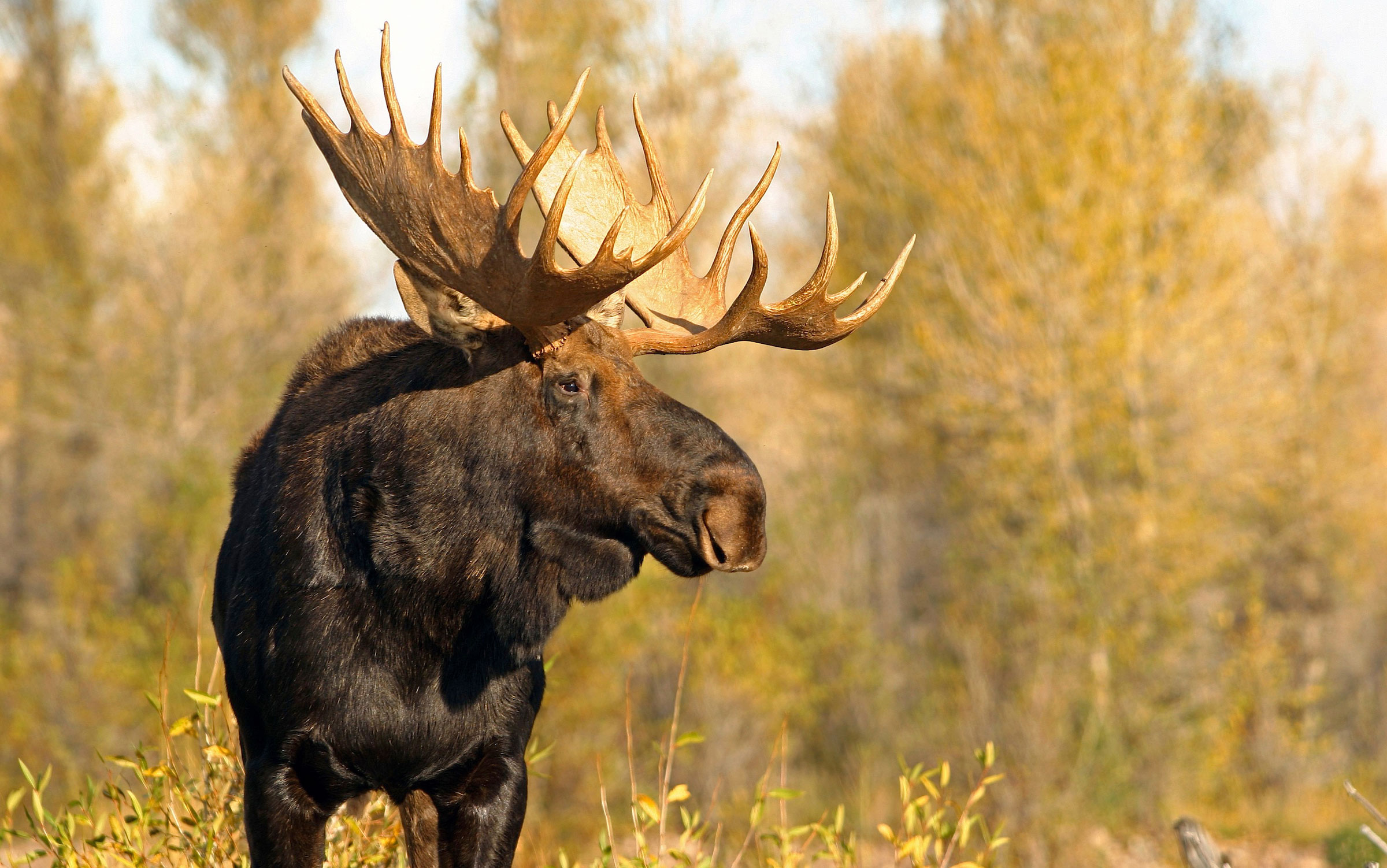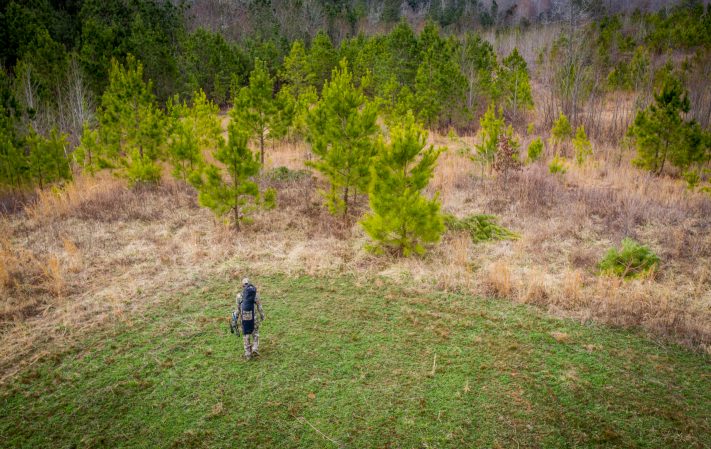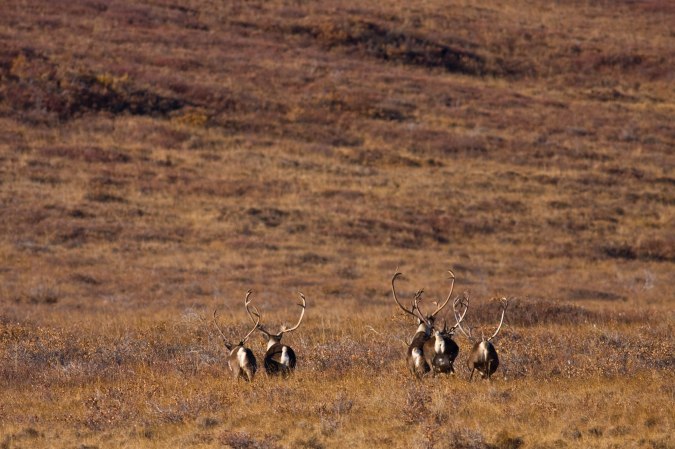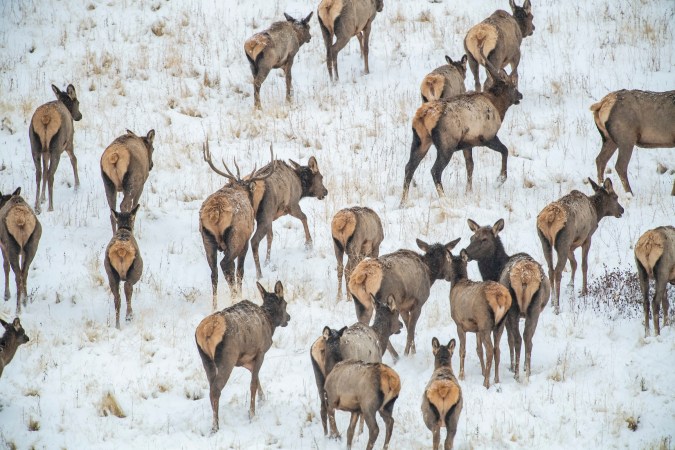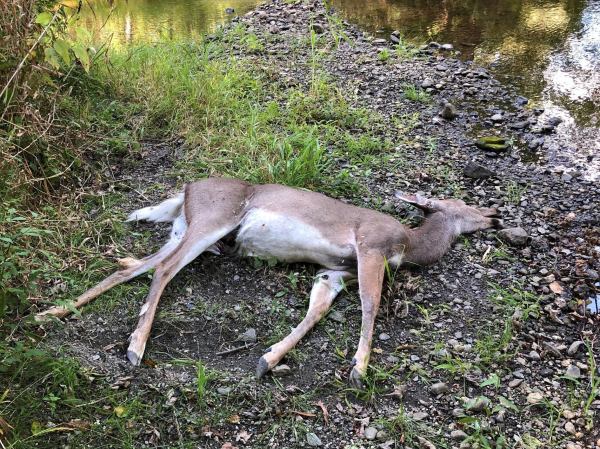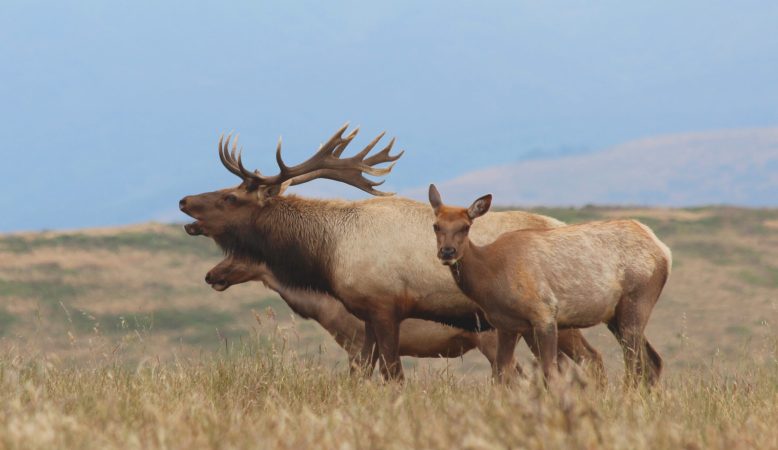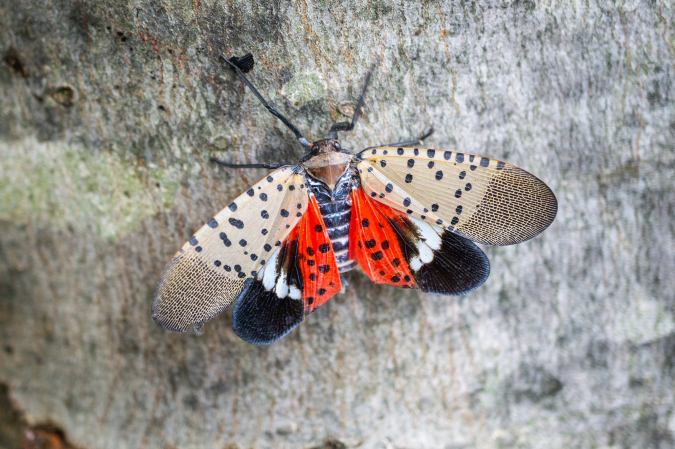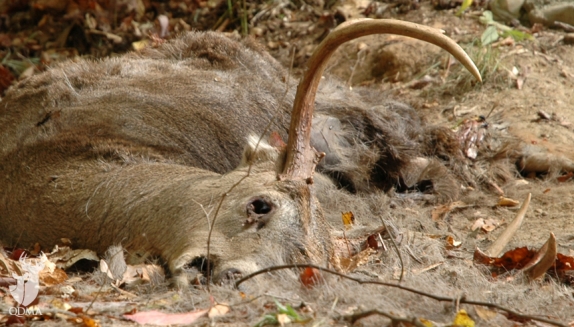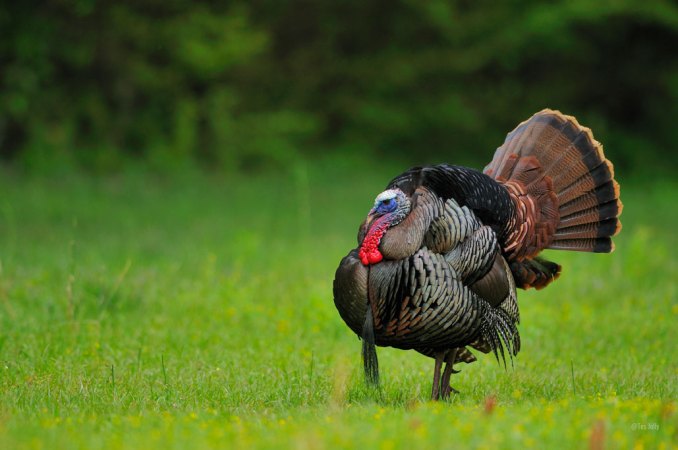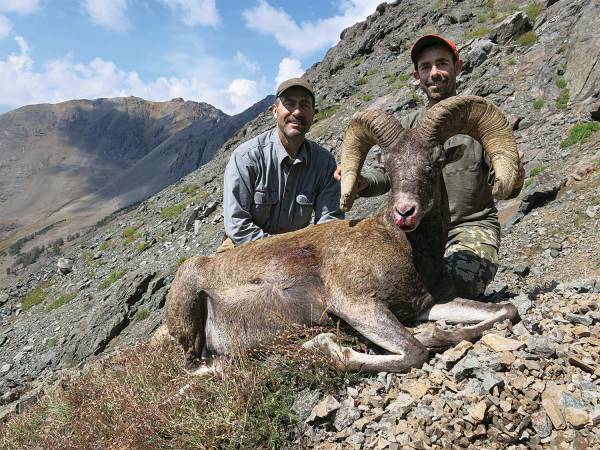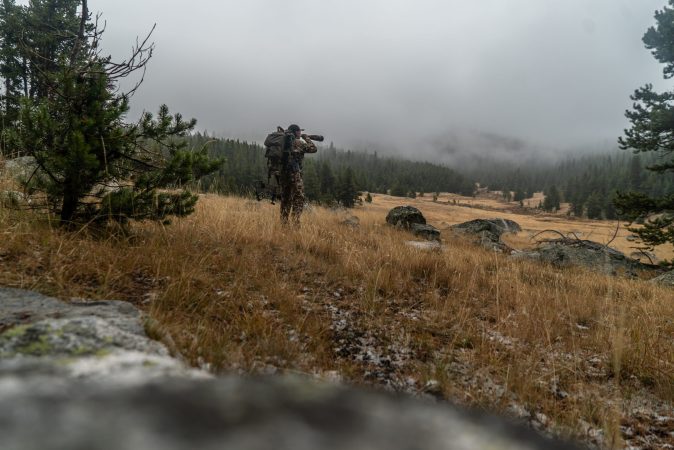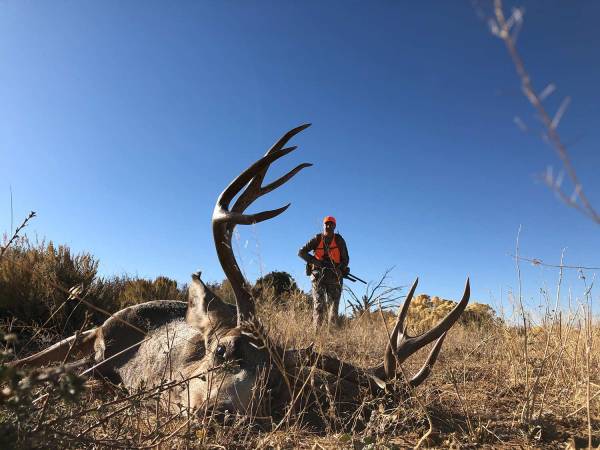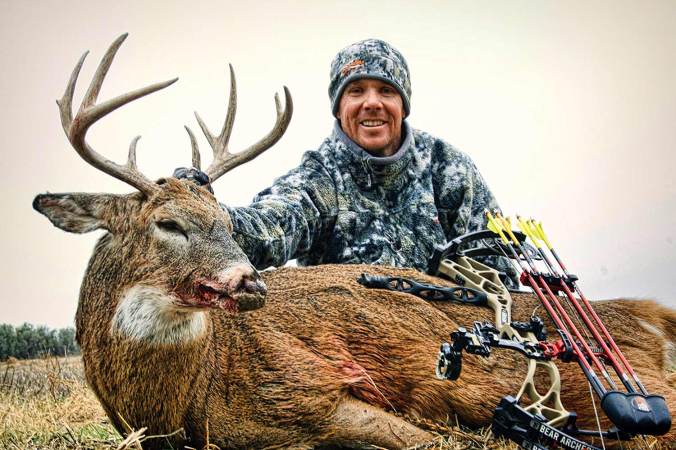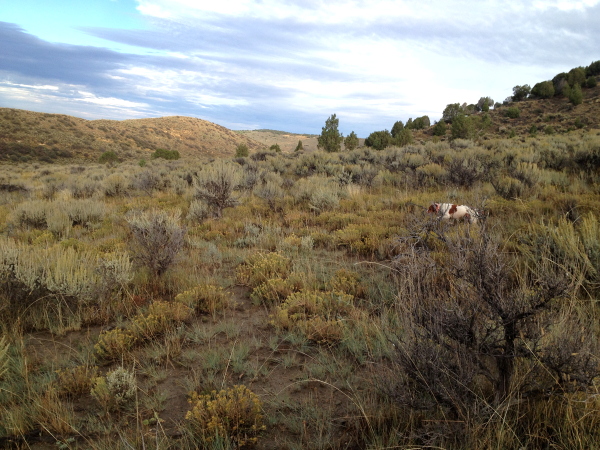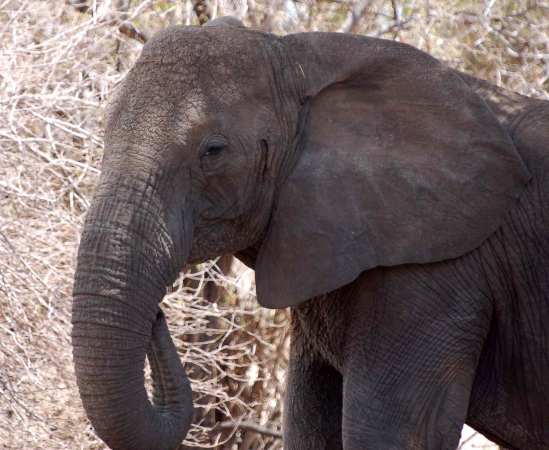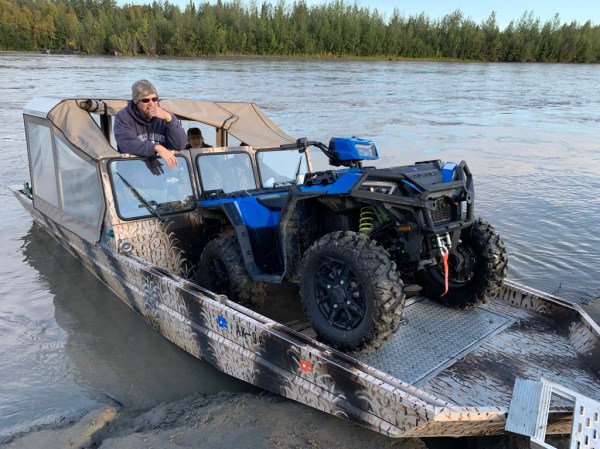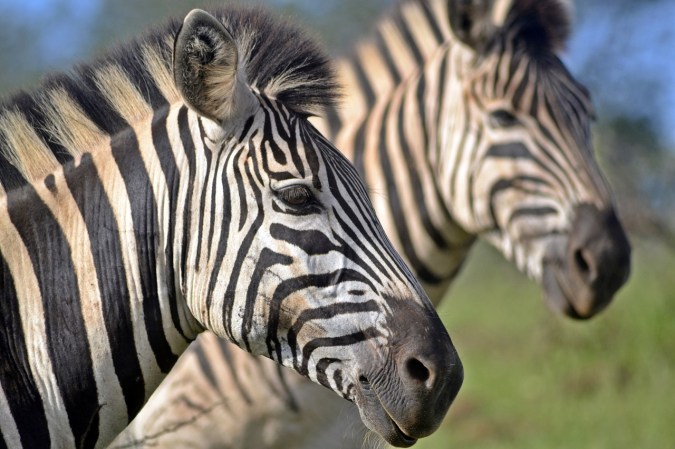Big-game hunters have another week to lend their thoughts about how Wyoming should amend its preference point system for bighorn sheep and moose tag distribution.
Wyoming Game & Fish has concluded that its current system, which awards 75 percent of available tags for the two species on the basis of application longevity, is actuarily crippled.
The deadline for participating in a survey about the system and its alternatives is Aug. 1. A decision about how the state might amend the system—the current leading idea is to weight points by squaring each applicants’ total—is expected by mid-August. The state has no plans to adjust the preference point system for other species, including deer, elk, and antelope.
I’m a living, breathing, fist-shaking embodiment of the problem the agency hopes to fix. I have 21 preference points for Wyoming moose, but despite being near the top of the applicant heap, I have a statistically puny chance of drawing. Those below me are many years away from drawing based on preference, and can realistically only hope to be among the 25 percent of applicants picked on a random basis. There are more hunters with slightly more points than I, and there are more of those hunters than there are available tags. So I have to hope that either the state gives out more tags, or that those hunters with more preference than I will opt to apply for units that don’t require maximum preference points to draw.
In an odds-beating stroke of luck, I actually drew one of the random tags for Wyoming bighorn sheep back in 2013.
Compounding the preference-point problem is the steady reduction in moose and sheep tags. At the height of their abundance in 1998, Wyoming Game and Fish issued 250 tags for sheep and just over 200 for moose. Last year, the agency issued only about 190 sheep tags and just over 100 moose tags.
Meanwhile, application pressure from non-residents like myself is likely to accelerate. Up until next year, Wyoming has issued 75 percent of available sheep and moose tags to residents; 25 percent go to non-residents. But a law passed earlier this year limits non-residents to just 10 percent of available tags for its “Big 5” big-game species: moose, sheep, bison, mountain goats, and grizzly bears (in the case that griz are taken off the endangered species list and management authority reverts to the State of Wyoming). How that law will affect tag distribution is a big unknown, says Lee Livingston, a Park County commissioner and member of the Wyoming Wildlife Task Force that’s considering alternatives to the system. Livingston is also the outfitter who guided me to my Wyoming bighorn ram.
The current preference point system was implemented in 1998, at a time when the agency wanted to reward serial applicants with better odds of drawing premium tags. That system worked when there were relatively few applicants and fairly robust tag numbers, says Livingston.
“If you have 1,000 applicants for 100 tags, the system works,” he says. “When you have 30,000 applicants for 100 tags, it doesn’t. The [authors of the original system] were trying to bring predictability to an unpredictable situation. But the resource has become increasingly unpredictable. When preference went into effect for sheep, we were issuing a lot of sheep licenses. But it’s been steadily decreasing, and we’ve cut the number of moose tags in half. The assumption was that both demand for and supply of the resource would remain steady, and that hasn’t been the case.”
Last year, resident applicants with no preference points had a 0.35 percent chance of drawing a bighorn sheep tag in their first year, based on their odds in the random pool. Those with maximum 30 preference points have only a 10 percent chance of drawing, because there are so many applicants with the same number of max points. According to Cowboy State Daily, “even by year 53, the chances of drawing a tag only increase to roughly 14 percent for sheep and 20 percent for moose. Numbers are far worse for out-of-state applicants.”
“The system doesn’t take the hunting life expectancy of a human into consideration,” says Livingston. “You have X number of years in your life to hunt. If the product you are seeking has so few pieces [to acquire] that you can’t ever get one in your hunting life expectancy, then the distribution model doesn’t work.”
A weighted bonus point system, in which each applicant’s preference point total is squared, might help the optics of the system, by giving long-time applicants “more chances at the 4-H hog,” as Livingston puts it. But he notes that a weighted point system doesn’t actually change the drawing odds.
“If each application has a 0.3 percent chance of drawing, then a weighted point system just gives folks more chances at those miserable odds,” says Livingston.
A waiting period might be a better solution. Wyoming currently imposes a five-year waiting period before successful moose and sheep applicants can re-enter the lottery. The Wildlife Task Force is considering recommending a three-year waiting period for elk, deer, antelope, and any other species that uses Type 1 licenses to differentiate hard-to-draw opportunities from hunts with higher odds.
One aspect of the system overlooked by many applicants is the revenue generated by preference points. In 2020, revenue from non-resident applicants like myself, who pay $150 per year for moose and sheep preference points, totaled $2.7 million for sheep and moose tags alone. Residents pay just $7 per point. The system brings in over $20 million annually for all species, including elk, deer, and antelope. That’s essentially free revenue to the agency that plows it back into administration, fish and wildlife management, habitat acquisition and improvement, and other projects.
But the increasing unreality of drawing a tag has affected participation in the preference point system. Livingston tells clients who have few points to skip the preference point altogether and take a chance at drawing a random tag.
“People are figuring out that the preference system isn’t working,” he says. “I tell clients who ask me that they won’t live long enough to have preference points help them. That said, a weighted bonus point system will be a good financial boost for the department, because people will want to continue to buy more chances on that 4-H hog.”
Regardless of which changes are adopted, the current plan is to delay implementation by up to four years to give those hunters with the highest number of preference points additional time to draw the tags they’ve waited years to receive. Whether that includes me is anybody’s guess—including my own. But like many others with near-maximum preference points, I can’t afford to stop playing this game that has sucked me in for two decades and cost me thousands in application fees and preference point payments.

